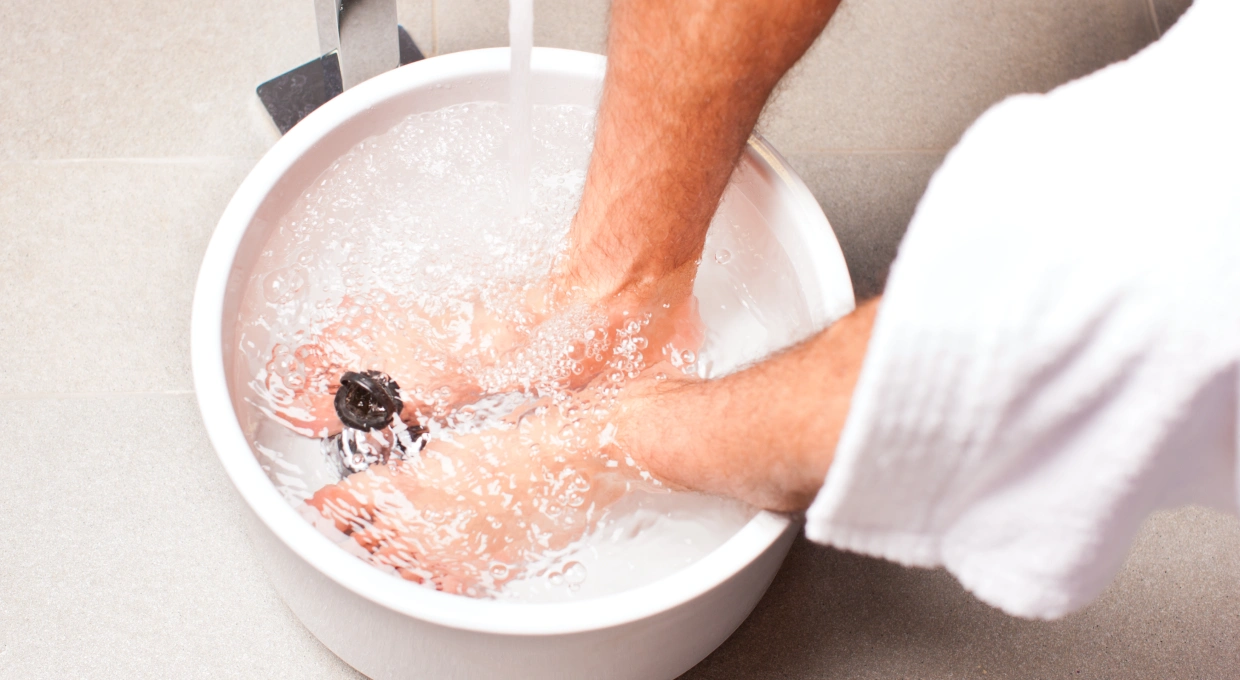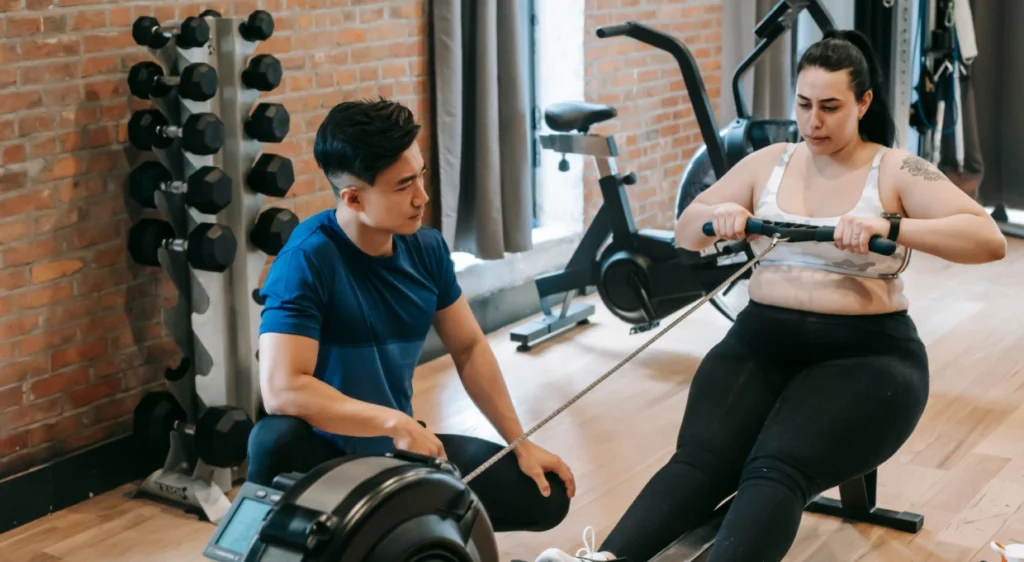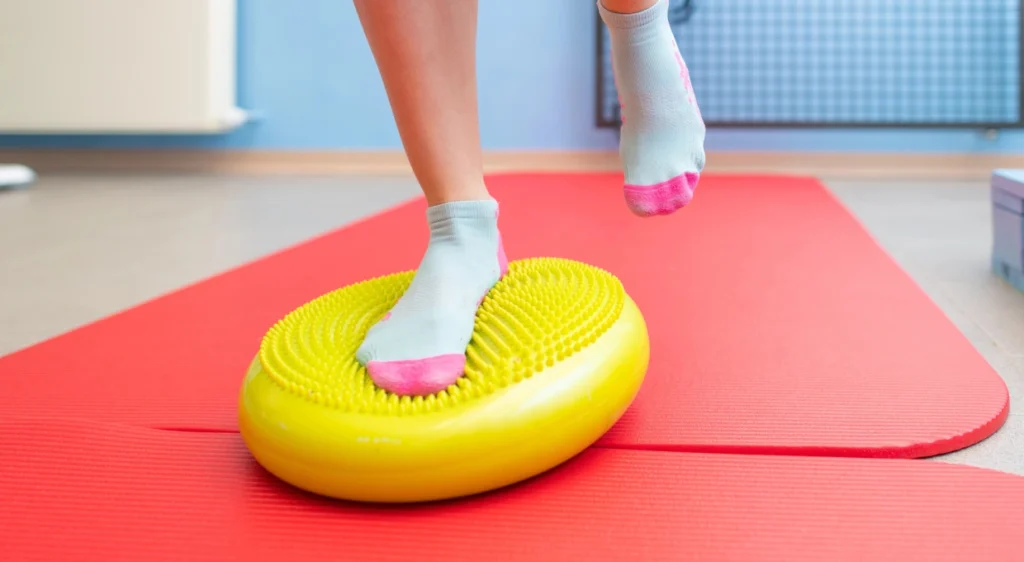Foot hygiene is a fundamental pillar in maintaining foot health, preventing infections, avoiding discomfort and promoting a general sense of well-being. Although many people neglect it, establishing a daily cleaning and care routine can prevent multiple problems, especially in those who wear closed shoes, play sports, have diabetes or simply spend a lot of time on their feet.
Why is daily foot hygiene so important?
Feet are one of the areas most exposed to daily wear and tear. They bear the weight of the body, suffer continuous friction, perspire and remain enclosed in footwear for a good part of the day. This combination creates an environment conducive to the proliferation of bacteria, fungi and skin lesions if they are not properly cared for.
Lack of foot hygiene can result in:
- Fungal infections (such as athlete’s foot).
- Bad odor (bromhidrosis).
- Ingrown or infected nails.
- Cracks, hardness and blisters.
- Increased risk of poorly healing wounds (especially in diabetics).
A proper foot hygiene routine at home helps to keep skin healthy, nails clean and detect any abnormalities early.
Step-by-step guide to effective foot hygiene
1. Daily washing with lukewarm water and mild soap.
Wash your feet at the end of the day with warm water and a neutral or antibacterial soap. Be sure to clean between the toes, soles and heels. Do not use water that is too hot or take prolonged baths, as this can damage the natural skin barrier.
Thorough drying, especially between the fingers.
Excess moisture is the best ally of fungi. Dry the entire surface of the foot well, especially between the toes, using a clean towel. This step is key in any home foot care routine.
3. Daily moisturizing of the foot skin
Apply a specific foot cream, rich in urea, lactic acid or vegetable oils. This prevents the appearance of cracks, calluses and keeps the skin elastic. Avoid applying cream between the toes so as not to generate accumulated moisture.
4. Correct nail trimming
Once a week, cut the nails straight across with a clean pair of pliers. Do not round corners or cut too deep. This prevents ingrown or infected nails. If you can’t do it right, see a podiatrist.
5. Daily observation of the condition of the skin and nails.
Take a few seconds to look at your feet. If you see redness, blisters, cracks, persistent calluses or nail changes, it could be a sign of infection, excessive friction or poor circulation. In these cases, consult a professional.
6. Ventilated footwear and daily change of socks.
Wear shoes that allow perspiration, preferably with flexible soles and good support. Alternate footwear to allow ventilation. Use cotton or bamboo socks, and change them every day.
7. Disinfection of utensils and surfaces
Regularly clean the pliers, file, pumice stone or any other accessory you use for your feet. If you share a shower or go to swimming pools, wear sandals and avoid going barefoot.
Frequent errors in podiatric hygiene
- Wearing the same footwear every day without ventilating it.
- Apply cream between the fingers.
- Wearing plastic shoes without socks.
- Excessive filing of heels or calluses.
- Ignoring small symptoms or wounds that do not heal.
Recommendations for risk groups
Senior citizens
In old age, the skin of the foot is thinner and drier. Sensitivity and flexibility are lost. Foot hygiene for the elderly should include regular check-ups, daily moisturizing and special attention to the nails.
People with diabetes
The diabetic foot requires specific care. Loss of sensitivity and poor circulation hinder healing. Nails should not be cut without supervision, nor should home remedies be used on calluses.
Athletes
Rubbing, perspiration and continuous impact favor blisters, calluses and fungus. Hygiene must be strict: dry feet, technical footwear and injury control.
Recommended products for effective foot care
- pH neutral or antibacterial soap.
- Cream with urea or lactic acid.
- Soft pumice stone for localized hardness.
- Foot deodorant if there is excessive sweating.
- Quality file and pliers, exclusively for personal use.
When to see a podiatrist?
Even if you follow a rigorous foot hygiene routine, it is necessary to consult a professional if they appear:
- Thickened, deformed or foul smelling nails.
- Wounds that do not heal within a week.
- Painful cracks or recurrent calluses.
- Burning sensation, numbness or loss of sensation.
- Persistent fungal infections.
At Clínica San Román, we offer a comprehensive service of preventive podiatry, nail treatment, biomechanical study and specialized care for athletes and chronic patients.
Extra tips to reinforce your routine
- Include ankle and toe stretches at the end of the day.
- Use insoles if you feel overload or discomfort when walking.
- Don’t ignore pain in the sole of the foot or heel: it could be plantar fasciitis.
- Check your feet with good light and a mirror if you have reduced mobility.
Conclusion
Foot hygiene goes far beyond foot washing. It is a basic health practice that helps prevent infections, detect early warning signs and maintain overall physical well-being. With a few simple daily habits, you can keep your feet in perfect condition for a lifetime.
Remember: if you have any doubts or detect any anomaly, go to a podiatrist you trust. At Clínica San Román we will be happy to help you take care of your feet as they deserve.




